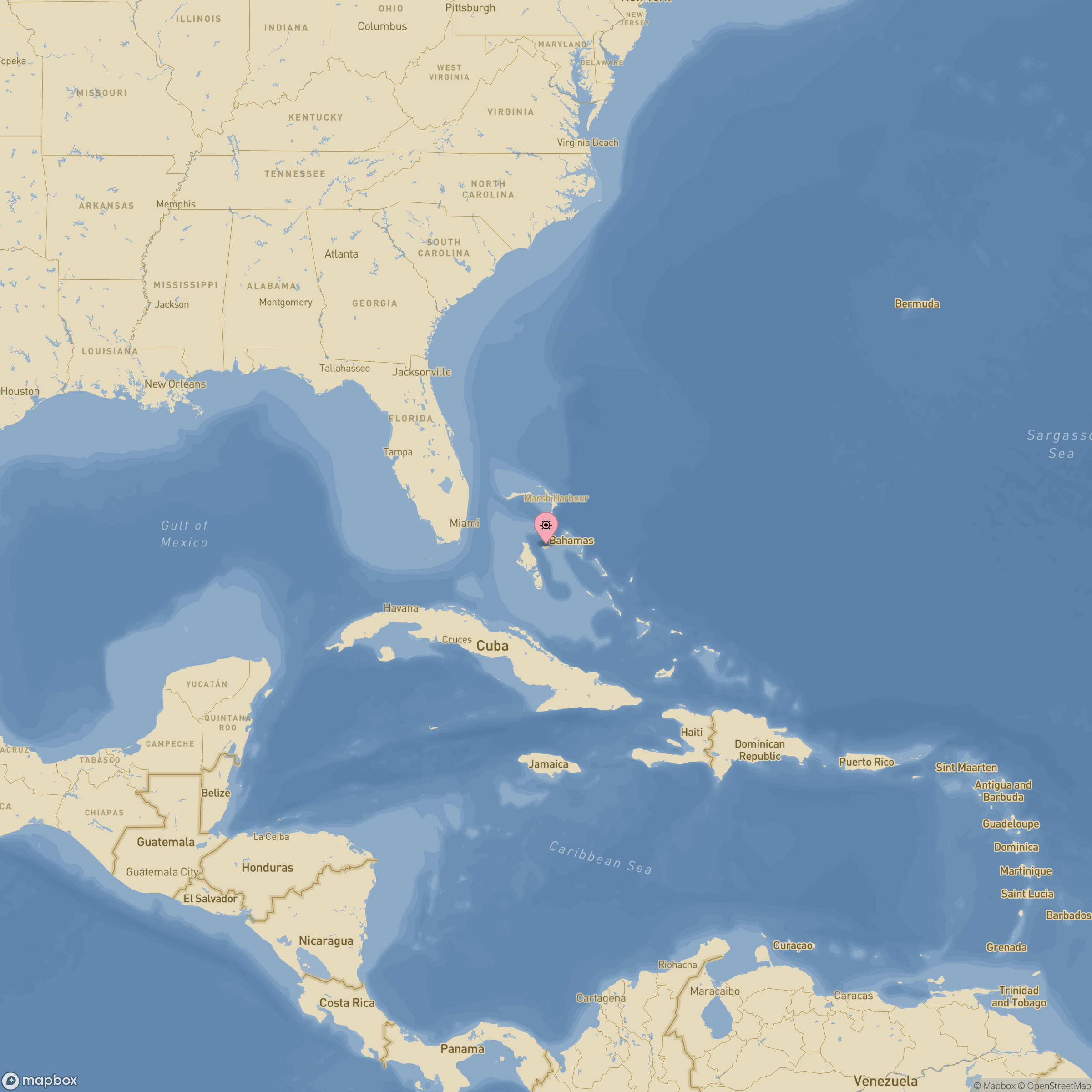Nuestra Señora de las Maravillas

Date
1656Period
17th centuryShip type
GalleonCause
A stormLocated
✓Captain
Matías OrellanaShipwreck zone
Matarrilla Reef, Little Bahamas Bank, The BahamasPort of departure
Havana (CUB)Destination
SpainCargo
RichesIn 1972, the wreck was located by treasure hunter Robert F. Marx at a depth of about 5 to 7 meters. Marx pulled out a large number of coins, which he auctioned in New York in 1974. The Bahamian authorities terminated Marx’s contract for malpractice on the shipwreck. A few years later, another treasure hunter named Herbert Humfreys, worked in the area from 1988 until the early 1990s, and sold part of his finds in London between 1992 and 1993.
Since 1990, Bahamian authorities have not granted concessions to treasure hunters and have tried to preserve the wreck and its marine environment. However, at present, a team led by entrepreneur Carl Allen has obtained permission to continue the exploration of the wreck and exhibit the recovered remains at the National Museum of History.
What we know from history is that they left Havana for Spain on January 1, 1656. While sailing in convoy in the middle of a storm, the galleon was accidentally hit and rammed by another ship of the fleet, leaving several gashes on the hull. The admiral, Matías de Orellana, then decided to look for a shallow water point to make landfall, assess the damage and repair it immediately. However, the area they were in was full of sandbanks and dangerous shallows and coral reefs which at low tide are not visible, as is the case of the so-called Little Bahama Bank, now a protected natural park located in the north of the Bahamas.
The galleon Nuestra Señora de las Maravillas tried on several occasions to find shelter to make landfall, until January 4, when, right in the middle of a storm, it hit bottom at Matarrilla Reef. Of the crew and passengers, only about 45 people survived, out of the more than 600 souls on board.